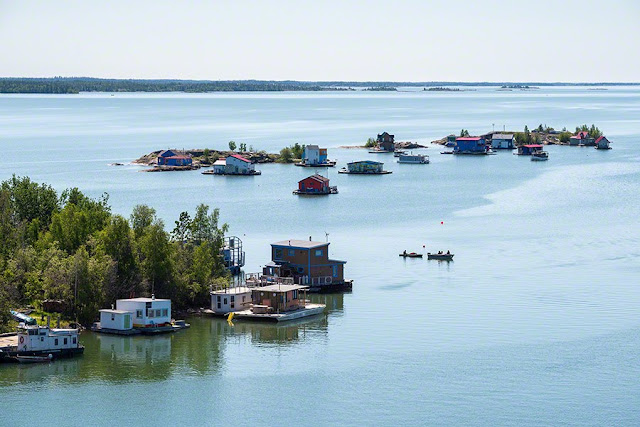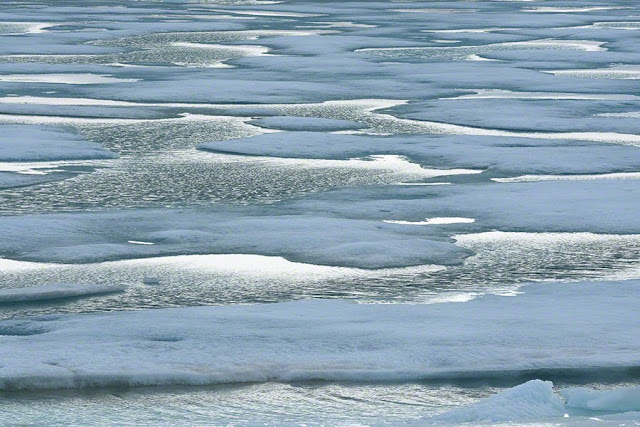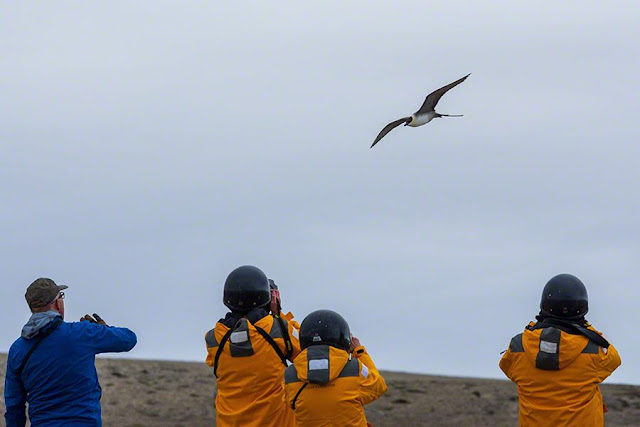New Website, New Blog, but the Old Blog Archive remains: September 28, 2023
After many years of wanting a real website, this month I finally have a website designed by the very knowledgeable Rey Rey Rodriguez ( TheMindOfReyRey ). My old blog, Vacation-Travel-Adventure .com continues with the same address but it is located in the "Archives" tab on my new website https://www.ceciliaclark.com/ . The new blog which is a continuation but with much better resolution for 4K screens is now at https://www.ceciliaclark.com/blog .




